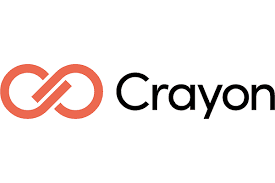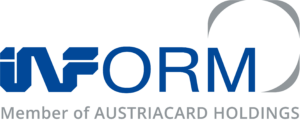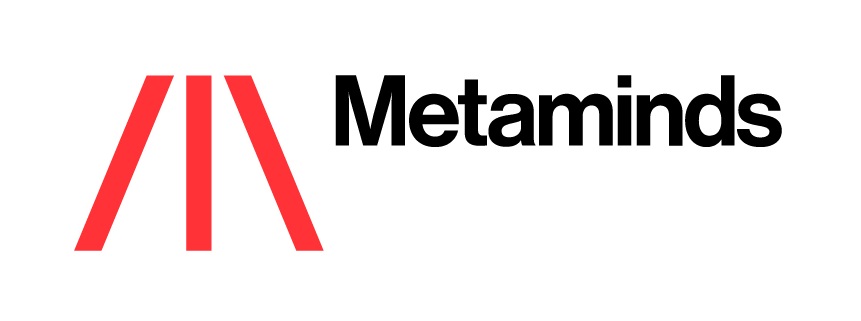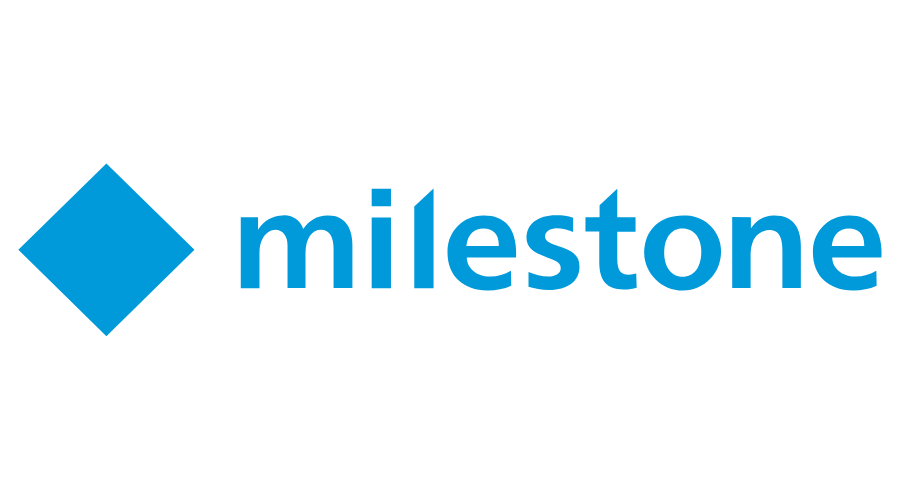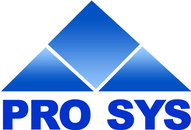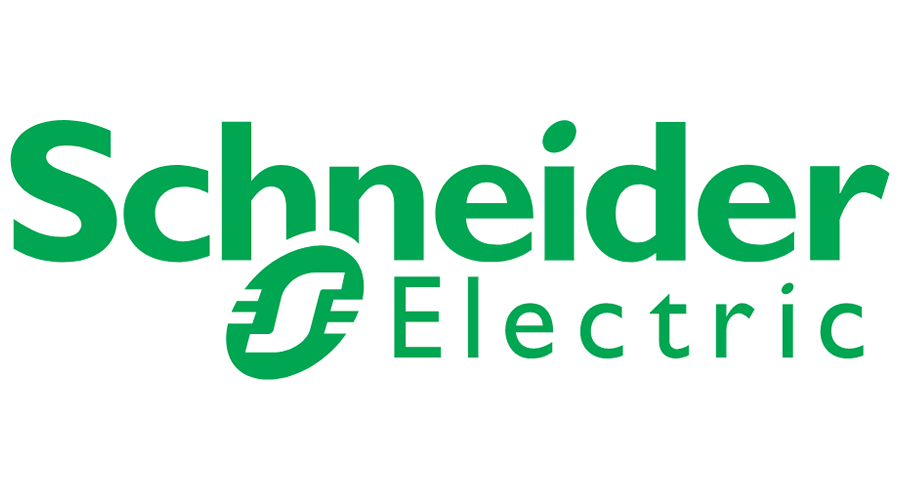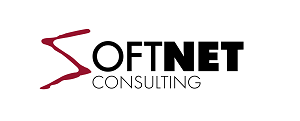In a market environment shaped by economic uncertainty, BASF Group reported sales of €68.9 billion in the 2023 business year, compared with €87.3 billion in the previous year.
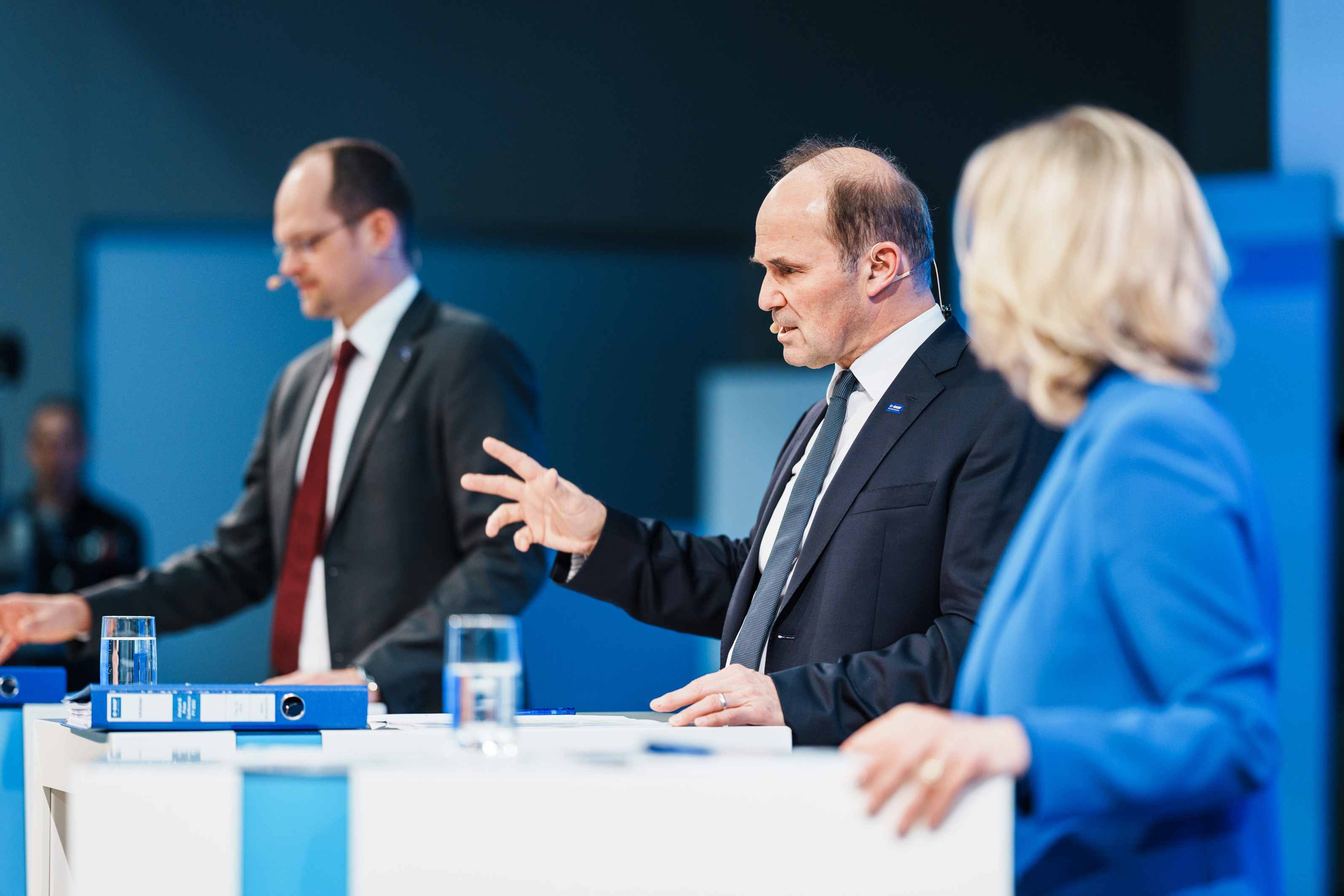
This sales development was mainly driven by considerably lower prices and volumes. Lower raw materials prices in particular led to lower prices in almost all segments. Sales volumes fell in all segments as a result of weak demand from many customer industries. Nevertheless, BASF demonstrated economic strength with cash flows from operating activities rising 5.2 percent year on year to reach €8.1 billion. The company had already released preliminary figures for the full year 2023 on January 19, 2024. Today, Dr. Martin Brudermüller, Chairman of the Board of Executive Directors of BASF, and Dr. Dirk Elvermann, Chief Financial Officer, presented the 2023 business development in detail and announced a further program for the Ludwigshafen site with additional annual cost savings of €1 billion by the end of 2026. This is in addition to the existing cost savings program in non- production units with a focus on Europe and the adaptation of production structures in Ludwigshafen.
Earnings development of BASF Group in 2023
Income from operations (EBIT) before special items in the 2023 business year amounted to €3.8 billion; the decline of €3.1 billion compared with the prior-year figure was primarily due to a considerably lower earnings contribution from the Chemicals and Materials segments. EBIT before special items decreased in the Chemicals segment, primarily due to reduced margins and volumes, as well as lower contributions from shareholdings accounted for using the equity method. Earnings declined in the Materials segment, largely as a result of lower polyamide and ammonia margins. The Nutrition & Care and Industrial Solutions segments’ EBIT before special items was considerably below the prior-year figure, mainly as a result of lower volumes and margins. Conversely, the Agricultural Solutions segment strongly increased EBIT before special items, primarily as a result of price increases and the receipt of a one-time payment. The slight earnings growth in the Surface Technologies segment was attributable to the considerably higher EBIT before special items in the Coatings division due to price and volume increases, which more than compensated for the significant decline in earnings of the Catalysts division. EBIT before special items attributable to Other improved considerably, mainly as a result of higher income from other businesses and lower corporate research costs.
BASF reported EBIT of €2.2 billion in 2023; the steep decline compared with the prior-year figure resulted primarily from special items amounting to minus €1.6 billion. Special expenses resulted in particular from impairments totaling around €1.1 billion. These comprised impairments on property, plant and equipment in the Surface Technologies and Agricultural Solutions segments and on tangible and intangible assets in the Materials segment.
EBITDA before special items in 2023 was €7.7 billion, €3.1 billion below the 2022 figure. EBITDA decreased by €3.6 billion to €7.2 billion. Net income increased by €852 million to €225 million, compared with minus €627 million in 2022.
BASF Group’s cash flow in 2023 and key financial indicators as of December 31, 2023
Cash flows from operating activities amounted to €8.1 billion for the full year 2023, compared with €7.7 billion in the previous year. This improvement was primarily due to cash inflow from net working capital. The reduction in inventories in 2023 alone released cash amounting to €1.9 billion. Free cash flow, which remains after deducting payments made for property, plant and equipment and intangible assets from cash flows from operating activities, amounted to €2.7 billion in 2023 following
€3.3 billion in the previous year.
Net debt of €16.6 billion as of December 31, 2023, was almost on a level with the figure of €16.3 billion at the prior year-end. The equity ratio of 47.3 percent at the end of 2023 nearly matched the figure of 48.4 percent as of December 31, 2022. “The very solid equity ratio and strong cash performance are proof of BASF’s continued financial strength, even in challenging times,” said Elvermann.
Proposed dividend of €3.40 per share
A dividend of €3.40 per share, equal to the prior-year level, will be proposed to the Annual Shareholders’ Meeting, representing a payment of €3.0 billion to shareholders of BASF SE. With this proposed dividend, the BASF share offers a high dividend yield of 7.0 percent based on the year-end share price for 2023. BASF is part of the DivDAX share index, which contains the 15 companies with the highest dividend yield in the DAX 40.
Earnings at Ludwigshafen site weaken further in 2023
In 2023, in an extremely difficult market environment with low demand, EBIT before special items declined by double-digit percentages in all regions. “In absolute terms, however, our teams delivered a positive earnings contribution in all significant countries – with the exception of Germany,” Brudermüller said. Results in Germany suffered due to substantially negative earnings at the largest production site in Ludwigshafen. There are two main reasons for this: The temporary low-demand environment is affecting the volume development in both the upstream and downstream businesses. And higher production costs due to structurally higher energy prices predominantly burden the upstream businesses.
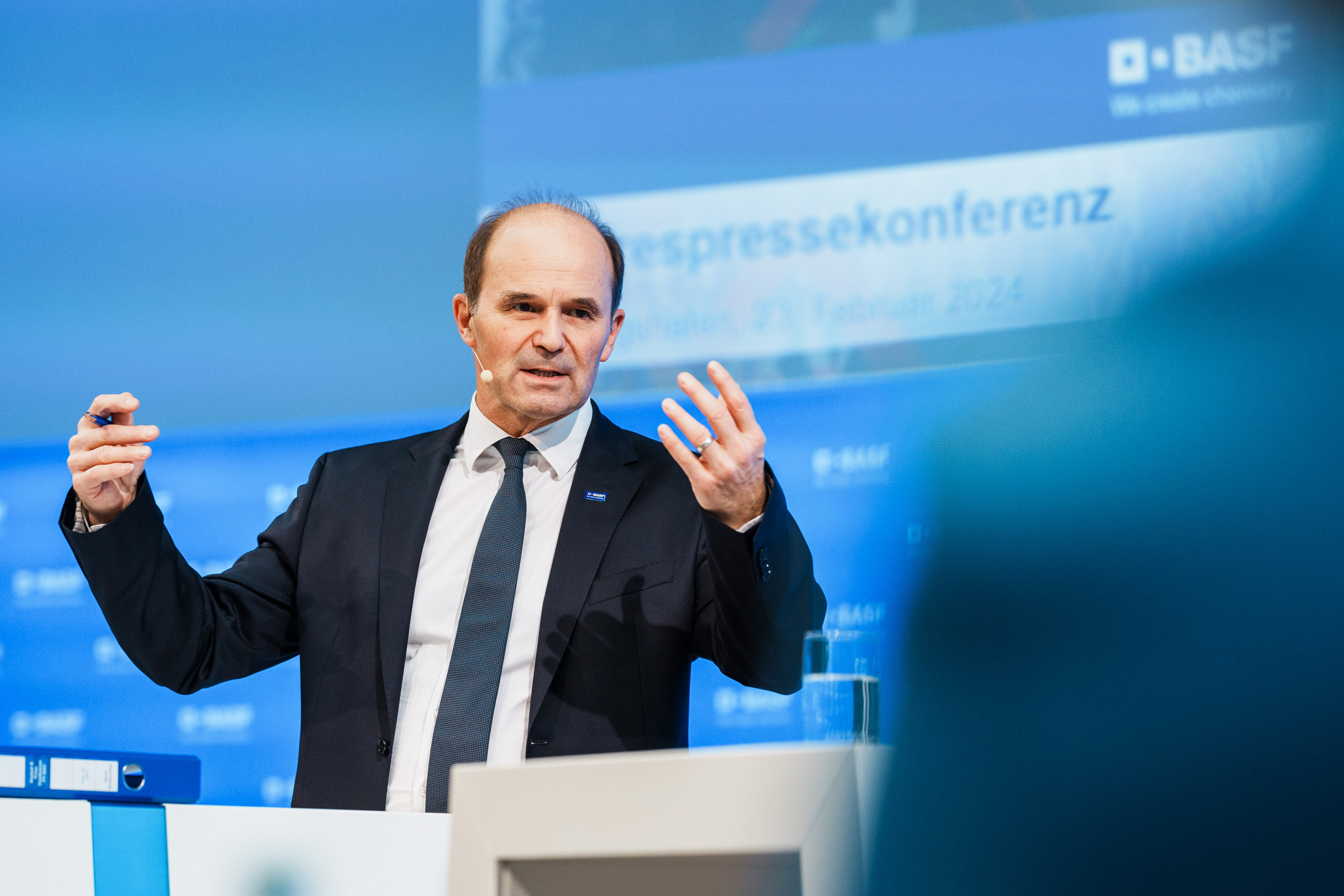
Brudermüller: “On the one hand, this situation demonstrates the high competitiveness and health of BASF Group under challenging conditions at the global level. On the other hand, the negative earnings at our Ludwigshafen site show the urgent need for further decisive actions here to enhance our competitiveness.”
Cost savings program already initiated in 2022
In October 2022, BASF was one of the first chemical companies to initiate a significant cost savings program. And in February 2023, the company launched a set of concrete measures to save costs in non-production areas in Europe and to adapt production structures at the Ludwigshafen site. As confirmed in BASF’s third quarter 2023 reporting, total annual cost savings from all the previously announced measures are expected to reach €1.1 billion by the end of 2026. An annual cost reduction run rate of around €600 million was already achieved by the end of 2023. The measures announced in October 2022 and February 2023 will achieve another
€500 million in annual cost savings by the end of 2026.
Additional measures necessary at Ludwigshafen site
With an additional cost savings program, it is planned to reduce costs at the Ludwigshafen site by a further €1 billion annually by the end of 2026. The program will generate cost savings in both production as well as non-production areas. Fixed costs will be lowered by driving efficiency in company structures and adapting production capacities to market needs. Moreover, the company aims to significantly trim variable costs by redesigning processes. Brudermüller: “The program will therefore also unfortunately lead to further job cuts.” The details are currently being worked out. Employee representatives will be closely involved in this process going forward.
Besides the required cost reductions, BASF will do everything possible to again significantly increase the utilization rates of its competitive assets in Ludwigshafen. To generate solid earnings here, the company needs additional contribution margins from normal levels of plant utilization. At the Ludwigshafen site, the upstream plants in the Chemicals and Materials segments, in particular, are currently operating with utilization rates considerably below normal levels.
In parallel to this short-term program announced today, the Board of Executive Directors will update the longer-term positioning of the Ludwigshafen site. The target picture for the main site in Ludwigshafen will be presented in the second half of 2024. It will reflect both the regulatory framework and the changed market realities in Europe and Germany.
Brudermüller: “The Board team will remain strongly committed to the Ludwigshafen site. We want to develop Ludwigshafen into the leading low-CO2-emission chemical production site with high profitability and sustainability. We will focus Ludwigshafen on supplying the European market to remain the partner of choice for our customers. To achieve this, it is essential that we implement the program consistently and as quickly as possible. At the same time, we are systematically driving forward our business in those regions of the world that are growing more dynamically and offer attractive conditions for investments.”
BASF Group outlook for 2024
BASF expects the weakness in global economic momentum from 2023 to continue in 2024. Global economic growth is only expected to accelerate somewhat later in the year, meaning that BASF expects the global economy to grow by 2.3 percent overall in 2024 (2023: plus 2.6 percent). In Europe, the comparatively high energy prices and unfavorable framework conditions for industrial value creation continue to slow down economic development.
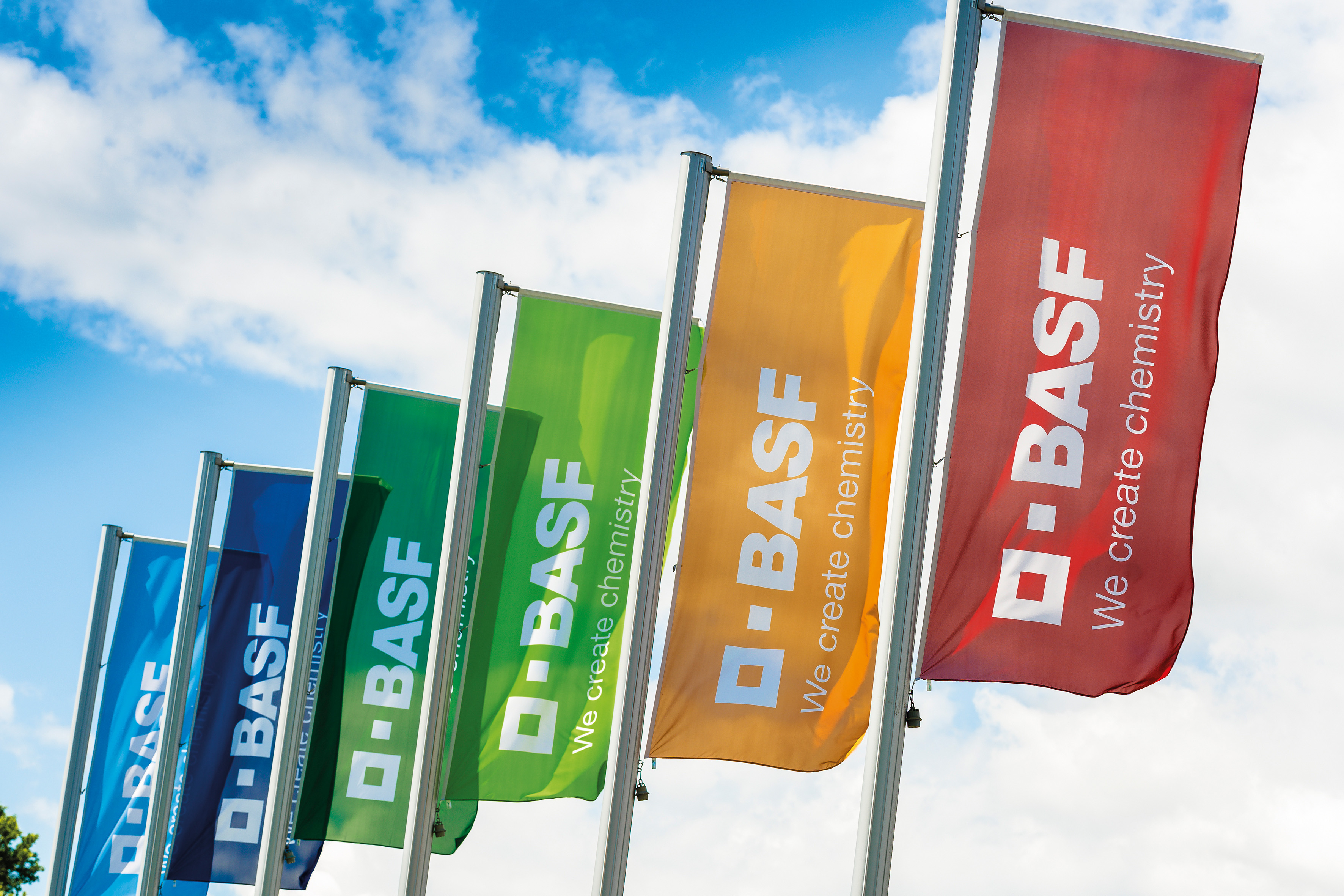
BASF also assumes that global industrial production will likely expand by 2.2 percent overall (2023: plus 1.4 percent). Global chemical production is expected to grow faster in 2024, by 2.7 percent (2023: plus 1.7 percent). This will be driven primarily by the expected growth in the Chinese chemical industry. BASF’s planning assumes an average oil price of $80 for a barrel of Brent crude and an exchange rate of $1.10 per euro.
The BASF Group’s EBITDA before special items is expected to rise to between €8.0 billion and €8.6 billion in 2024 (2023: €7.7 billion). BASF forecasts the free cash flow of the BASF Group will be between €0.1 billion and €0.6 billion (2023: €2.7 billion). This is based on expected cash flows from operating activities of between €6.6 billion and €7.1 billion, minus expected payments made for property, plant and equipment and intangible assets in the amount of €6.5 billion. The high investment-related cash outflow is mainly due to investments in the new Verbund site in China, which will reach their absolute peak in 2024 and then decline in the following years.
CO2 emissions are expected to be between 16.7 million metric tons and 17.7 million metric tons in 2024 (2023: 16.9 million metric tons). Compared with the previous year, the company anticipates additional emissions from higher production volumes based on rising demand. BASF will counteract this increase with targeted measures to reduce emissions, such as increasing energy efficiency and optimizing processes as well as continuing the shift to electricity from renewable energies.

